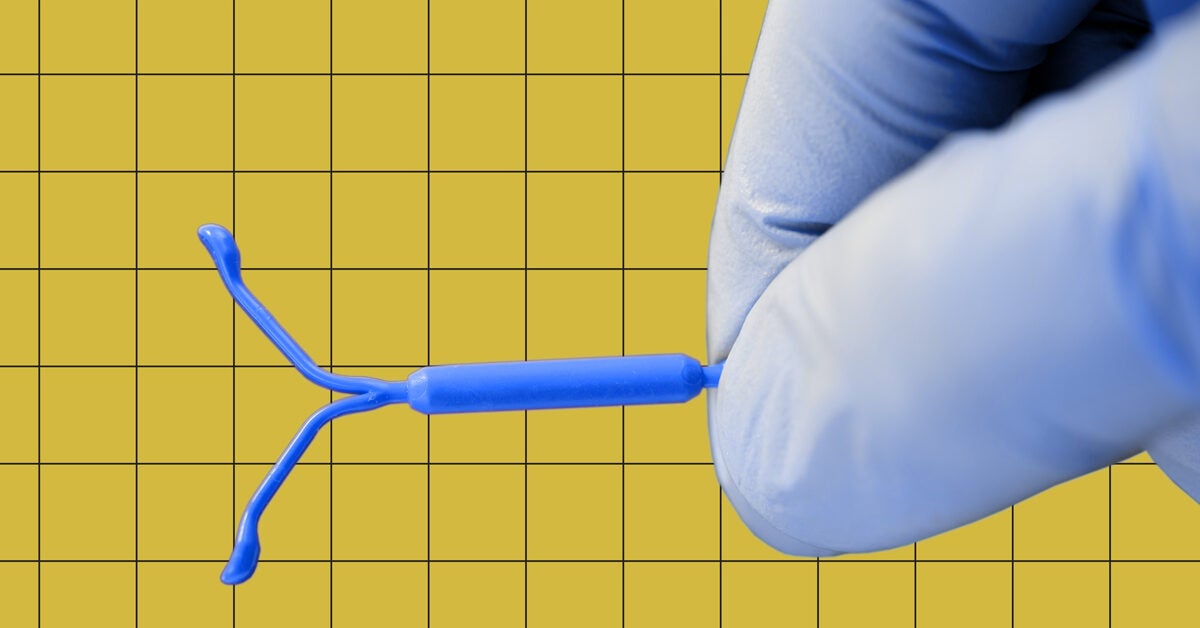


This is why a doctor will ask a patient to check their IUS threads each month.Ĭan an IUS be used as emergency contraception?

It may only be partly expelled or may pass out of the vagina with blood during a period. This is most likely to occur in the first three months. The IUS may be pushed out by the uterus (expulsion). The warning signs of pelvic infection are pain during or after intercourse, pain in the lower abdomen or unusual vaginal discharge, especially if you have a fever. Again, for this reason, the IFPA recommends a test for infection beforehand. There is a small risk of pelvic infection in the first three weeks after insertion.

The risk of perforation is very low when the IUS is fitted by an experienced doctor. If this happens the IUS may have to be surgically removed. This may cause pain but there are often no symptoms. It is not common but there is a risk that an IUS might perforate the womb during insertion. While there is a risk of miscarriage following the removal of the device, leaving it in could cause miscarriage later in the pregnancy or cause labour to start early. If you become pregnant with an IUS in place your doctor will usually remove the device, if possible. Consult a doctor immediately if you have any lower abdominal pain and feel that you may be pregnant. This is when the egg is fertilised outside the womb, usually in the Fallopian tube, and starts to grow. If you become pregnant there is a small possibility of it being an ectopic pregnancy. The IUS is a highly effective method of contraception, so it is unlikely that you will become pregnant. What if I become pregnant while I am using an IUS? If you wish to have another IUS it can be inserted directly after the old IUS has been removed. Normal fertility returns as soon as the IUS is taken out. Sperm can live for up to seven days inside a body and could cause pregnancy once the IUS is removed. If you are not going to have another IUS inserted, and don’t wish to become pregnant, an extra contraceptive method, such as condoms should be used for seven days once the IUS is removed. You should contact your doctor or family planning clinic if you have any concerns such as pain in the pelvic area, unusual vaginal discharge, heavy bleeding, suspect pregnancy, feel you may have contracted an STI or you wish to have the IUS removed.Ī trained doctor can take the IUS out at any time, by gently pulling on the threads. After this, if you have no problems and check threads monthly, you do not need routine visits. You should have a check-up 4 to 6 weeks after insertion. Some women experience a period-type pain and light bleeding for a few days afterwards. Insertion can be uncomfortable or painful for some women. The insertion visit takes approximately 15-20 minutes. An internal examination is carried out before the IUS is inserted. This means you must have been using a reliable method of contraception for at least three weeks before the insertion. The IFPA’s clinics in Dublin city centre and Tallaght provide long-acting contraceptive services.Īn IUS can be fitted at any time in your menstrual cycle if it is certain you are not pregnant. Some doctors will fit an IUS, but not all. You can get an IUS from a family planning clinic or a GP. All long-acting methods are very effective because while they are being used you do not have to remember to take or use contraception. The IUS is a long-acting reversible contraceptive. This means less than one woman in every 100 women who use the IUS will get pregnant in a year. These changes prevent sperm fertilising an egg and may also prevent a fertilised egg implanting in the womb. There are three types of IUS available: Mirena and Kyleena each last five years, and Jaydess lasts three years.Īn IUS works by changing the conditions in the womb and cervix. These thin threads hang through the opening at the entrance of the womb (cervix) into the top of the vagina. An IUS is made of flexible plastic which contains a slow-releasing hormone (Levonorgestrel). An IUS is a small, T-shaped device that is placed in a woman’s uterus (womb).


 0 kommentar(er)
0 kommentar(er)
